ASIAN Geographic is the bi-monthly magazine that scours the region to bring readers the most compelling stories and images from the world's largest and most diverse continent. Readers enjoy a unique melting pot of breathtaking photography and in-depth features covering culture, nature, sustainability issues and exploration into the history of this diverse region. A regular 'Exploration' segment follows brave field editors as they travel deep into Asia's unexplored regions to take readers on a journey.
Asian Geographic
{ EDITOR’S NOTE }
ASIAN Geographic can be found on board and at the following locations:
Wu Xing: The Five Elements Philosophy • The concept of wu xing is one that is prominent in Chinese thought and practices. Usually translated as “Five Phases”, this conceptual framework is used in traditional Chinese practices to explain a host of natural phenomena from cosmic cycles to the interactions of internal bodily organs. It is even used in understanding political regimes and Chinese medicinal properties.
The Symbolism of the Natural Elements in Different Cultures
Who Are You? • If you’re a Western astrology enthusiast, you’re probably well aware that each sign of the zodiac belongs to a certain element – either air, fire, water or earth. For example, if you’re a Cancer, you’re a water sign whilst if you’re a Sagittarius, you’re a fire sign. This correspondence of zodiac to element helps astrologers in discovering certain traits and characteristics of each individual zodiac, and learning about their behaviours. But did you know that in Chinese astrology, a similar concept exists?
FLOWING THROUGH LIFE: The Water Element • Water is an inherent part of our lives. It covers about 71 percent of Earth’s surface and makes up almost 60 percent of our bodies. In Chinese philosophy, water represents this vital element in all its forms: as the elixir of life, in the vast oceans and its rapid waves, and the rivers that run through the world – like veins that transmit life into cities, homes, and hearts.
Oceans, Seas, Rivers
Oceans, Seas, Rivers – What’s the Difference? • Oceans, seas and rivers are the Earth’s prized assets, influencing the survival of flora and fauna, as well as sustaining organisms and all living creatures alike. The first civilisations were shaped by the presence of these resources, and these bodies of water have also been key factors in the progress of trade and geographic exploration.
TREE OF LIFE: The Wood Element • It is durable and strong, warm and cosy, and lasts up to hundreds of years. It is found in cities, villages, and, most likely, even in your own home. It’s relatively cheap, it’s flexible, it’s environmentally friendly, and it’s quite possibly the most useful and versatile material on the planet. You often hear people grumbling about money and all kinds of other things that “don't grow on trees”, but this one certainly does. Can you guess what it is?
Charcoal: A Healing Wonder from the Ashes
Substances absorbed by charcoal
Money Through the Ages • Money may not grow on trees, but the overwhelming majority (about 95 percent) of the raw material used to make paper money comes from wood. Paper currency first developed in Tang Dynasty China during the 7th century, although true paper money did not appear until the 11th century, during the Song Dynasty. The usage of paper currency later spread throughout the Mongol Empire and Yuan Dynasty China. European explorers like Marco Polo introduced the concept in Europe during the 13th century, Napoleon issued paper banknotes in the early 1800s, and the rest, as they say, is history.
Money Face • No one really takes a good hard look at money these days. It is, however, the pride of every nation. Here, we take a look at the faces of money across Asia, noting...
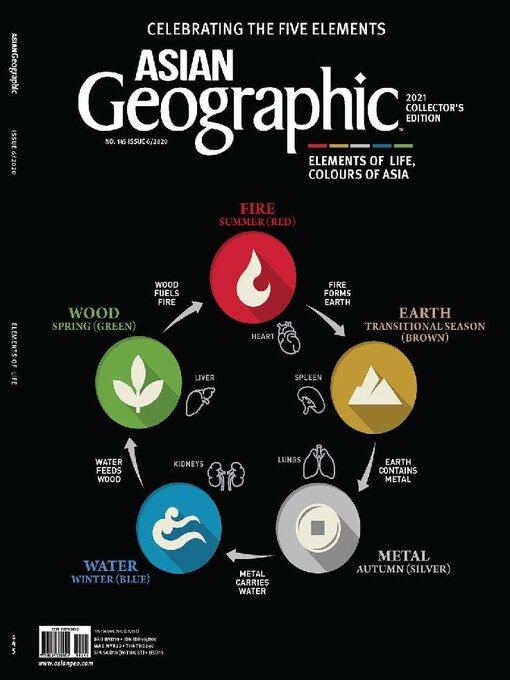
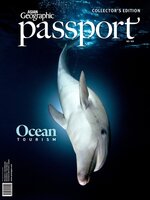 Issue 169
Issue 169
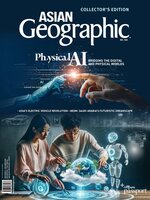 Issue 168
Issue 168
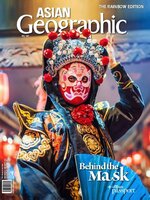 Issue 167
Issue 167
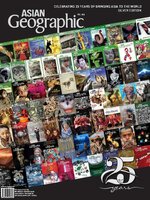 Issue 166
Issue 166
 Issue 165
Issue 165
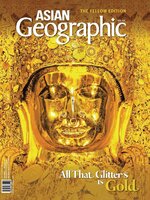 Issue 164
Issue 164
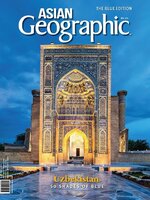 Issue 163
Issue 163
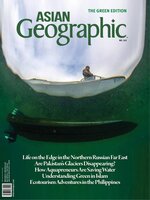 Issue 162
Issue 162
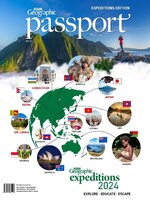 Issue 161
Issue 161
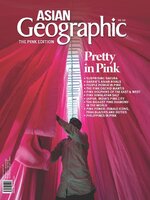 Issue 160
Issue 160
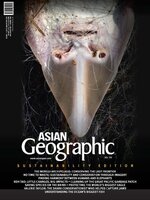 Issue 159
Issue 159
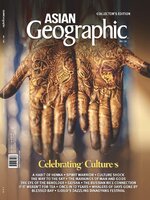 Issue 158
Issue 158
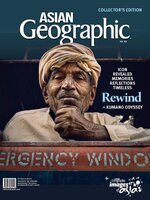 Jun 01 2022
Jun 01 2022
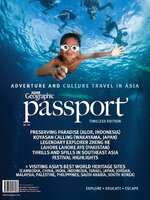 May 01 2022
May 01 2022
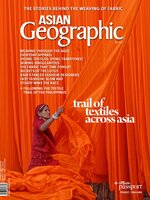 Apr 01 2022
Apr 01 2022
 Mar 01 2022
Mar 01 2022
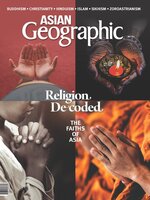 Feb 01 2022
Feb 01 2022
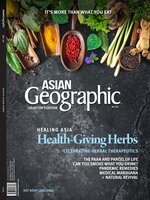 Jan 01 2022
Jan 01 2022